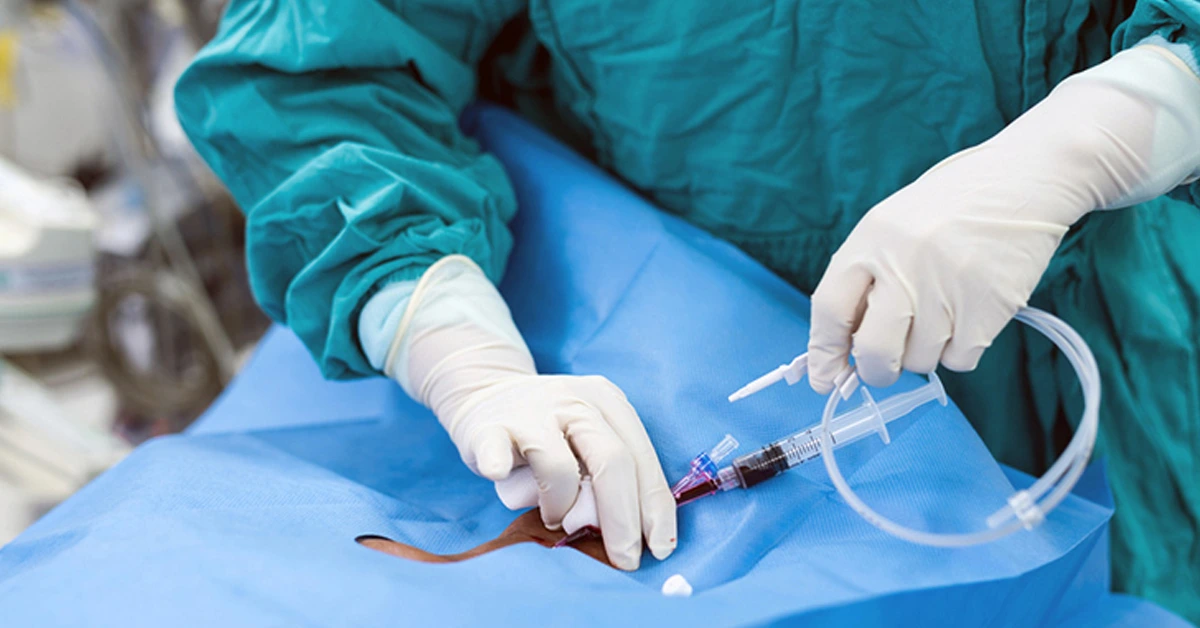
Intensive care units across India are facing a grave threat from bloodstream infections linked to central venous catheters, with a disturbing proportion caused by microbes impervious to standard antibiotics.
A nationwide observational study led by the All India Institute of Medical Sciences (AIIMS), New Delhi, has laid bare the severity of the problem.
Published in The Lancet Global Health, the research analysed data spanning seven years—from May 1, 2017 to April 30, 2024—collected via the Indian Healthcare-Associated Infections surveillance network across 200 ICUs in 54 hospitals.
The findings reveal a pooled central line-associated bloodstream infection (CLABSI) rate of 8.83 events per 1,000 central-line days, underlining widespread prevalence across intensive care units.
Compounding that grim statistic is the pervasive presence of antibiotic-resistant organisms. Inadequate diagnostic stewardship and frequent reliance on empiric antibiotics have helped breed microbes that defy the most potent drugs—particularly in facilities operating on constrained resources.
In a separate longitudinal review by the Indian Council of Medical Research’s AMR Surveillance Network, spanning 2017 to 2022 and covering 21 tertiary care centres, researchers documented increasing resistance to powerful carbapenem antibiotics—Imipenem and Meropenem—especially in hospital-acquired bloodstream infections due to Klebsiella, E. coli, and Acinetobacter species. Crucially, resistance trends in hospital-acquired infections preceded similar patterns in the community, pointing to hospitals as the epicentre of escalating resistance.
These revelations come amid growing awareness that antibiotic resistance prolongs ICU stays, drives up treatment costs, and inflicts further pressure on India’s already burdened public healthcare system.
Local studies further underscore the scale of the issue. A tertiary hospital in northern India reported a CLABSI incidence of 9.3 per 1,000 catheter days, with Staphylococcus aureus being the predominant organism, followed by Klebsiella pneumoniae and Acinetobacter baumannii.
In a private hospital in Mumbai, over 80 per cent of bloodstream isolates were Gram-negative bacteria, with a staggering 80 per cent producing extended-spectrum beta-lactamases (ESBLs) and around 50 per cent showing carbapenem resistance.
The situation has real human consequences. Patients harbouring hospital-acquired infections—especially bloodstream infections—experience markedly longer ICU stays (an average of 13.85 days compared with 8.2 days), and face significantly higher mortality risks.
Roughly one-third of the pathogens isolated in these cases are multidrug-resistant.
Catheter-associated bloodstream infections contribute disproportionately to ICU morbidity and mortality. Globally, CLABSIs are known to double or triple the risk of death, extend hospital stays by several days, and significantly inflate healthcare costs.
They arise through microbial migration from skin or contaminated catheters, and prevention requires strict adherence to sterile protocols, hand hygiene, and structured insertion checklists; yet such practices remain inconsistently applied in many Indian settings.
Against this backdrop, experts are urging decisive action: robust surveillance of ICU infections, antimicrobial stewardship, adherence to catheter-care protocols, staff education, and investment in laboratory diagnostic infrastructure. Without such measures, the twin threats of CLABSI and drug resistance will continue to exact a heavy toll on India’s critical care system.
ALSO READ | AIIMS Delhi’s National Centre For Ageing: A Dedicated Facility For Senior Citizens
The Story Mug is a Guwahati-based Blogzine. Here, we believe in doing stories beyond the normal.